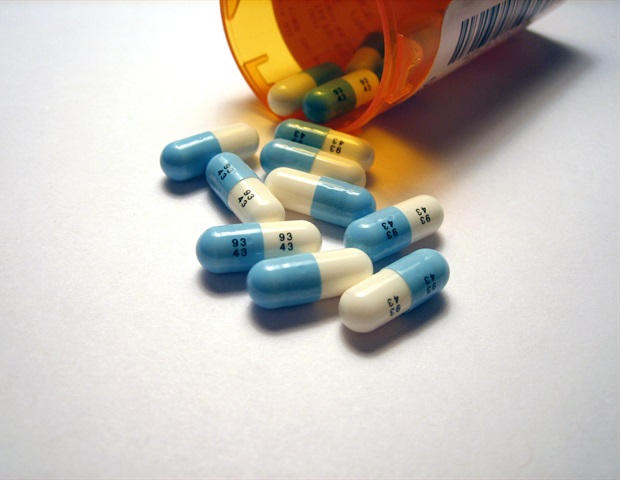Background and objectives
Chlorella vulgaris is a green, photosynthetic microalga in the phylum Chlorophyta. The goal of our study was to perform a bioinformatics analysis of Photosystem I P700 chlorophyll a apoprotein A2, one of its photosynthesis-related proteins, and to hunt for potent bioactive peptides.
Methods
To generate peptides and estimate the safety and efficacy of each bioactive peptide, we employed the tools BIOPEP-UWM™, PeptideRanker, DBAASP, and ToxinPred. PepDraw was used to understand the physicochemical properties and primary chemical structures of the selected bioactive peptides.
Results
The liberated peptides exhibit up to 17 distinct bioactivities, as shown by the in silico digestion of the protein using several proteolytic enzymes. The peptides with bioactivities are listed as angiotensin-converting enzyme inhibitor, dipeptidyl peptidase IV inhibitor, dipeptidyl peptidase III inhibitor, antioxidative, renin inhibitor, glucose uptake stimulator, neuropeptide regulator (regulating stomach mucosal membrane activity and ion flow), antithrombotic, anti-amnestic, CaMPDE inhibitor, activators of ubiquitin-mediated proteolysis, alpha-glucosidase inhibitor, immunomodulating, calcium-binding, antibacterial, anti-inflammatory, and hypotensive agent. Using the Database of Antimicrobial Activity and Structure of Peptides (DBAASP) prediction method, the antibacterial activity of the released peptides was predicted, highlighting the existence of potent antibacterial peptides. An examination of their physicochemical properties revealed that most peptides are low molecular weight, mildly acidic, and moderately water-soluble. To further establish the non-toxicity profile of the released peptides (sequence length > 3), a ToxinPred analysis was performed, which revealed that most of the peptides are non-toxic. According to the allergenicity analysis, most of the top-ranked peptides are likely non-allergenic.
Conclusions
Thus, our study reveals a less labor-intensive method for discovering new therapeutic targets derived from C. vulgaris, which hold both pharmacological and medical significance.
Source:
Journal reference:
Amin, M. A., et al. (2024). In Silico Assessment of Photosystem I P700 Chlorophyll a Apoprotein A2 (PsaB) from Chlorella vulgaris (green microalga) as a Source of Bioactive Peptides. Journal of Exploratory Research in Pharmacology. doi.org/10.14218/jerp.2023.00030.
Source link : News-Medica

